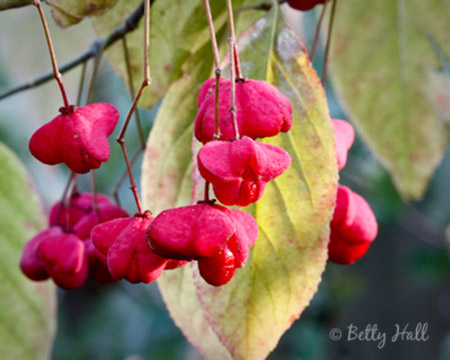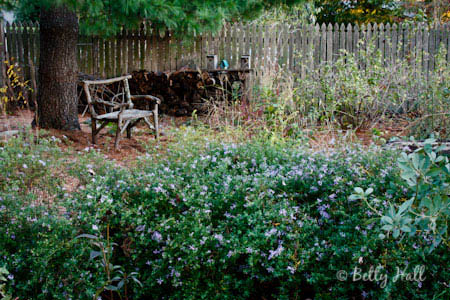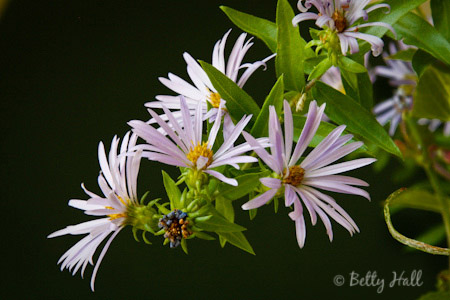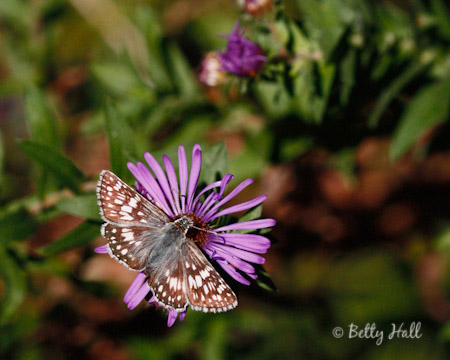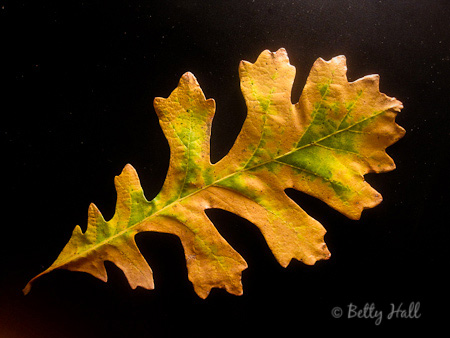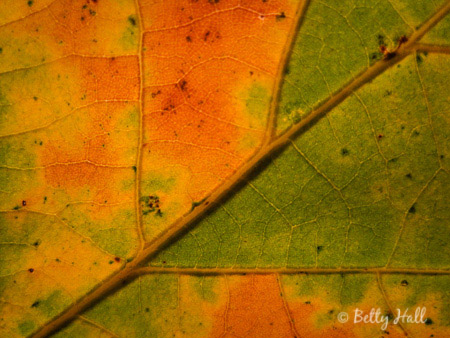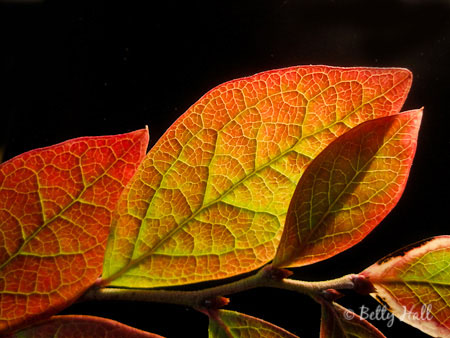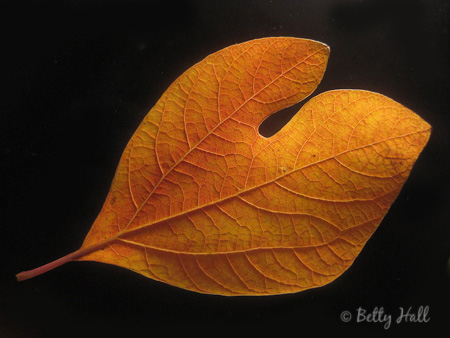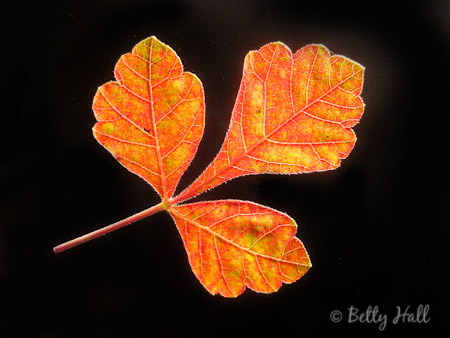There are many things for which I am grateful, including the beauty and wonders of the natural world – and the readers of this blog.
Photographing and writing for the blog have increased my enjoyment of the backyard and nature. And I have enjoyed sharing with others.
I especially appreciate those of you who have subscribed and everyone who has responded in writing or in person. The feedback has meant a lot.
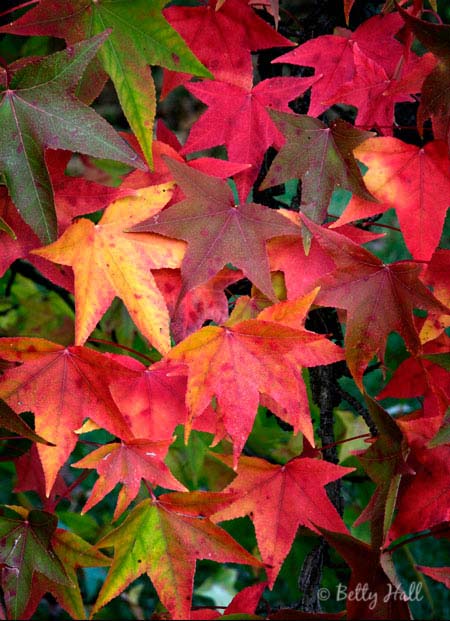
One of my note cards features this photograph, taken at the Lexington Arboretum. As a token of my appreciation, I will gladly send this card to anyone who requests it by December 1, 2010.
Happy Thanksgiving!


